Courses & Activities
All posts
How To: Avoid Hazards Caused by Snow Melt
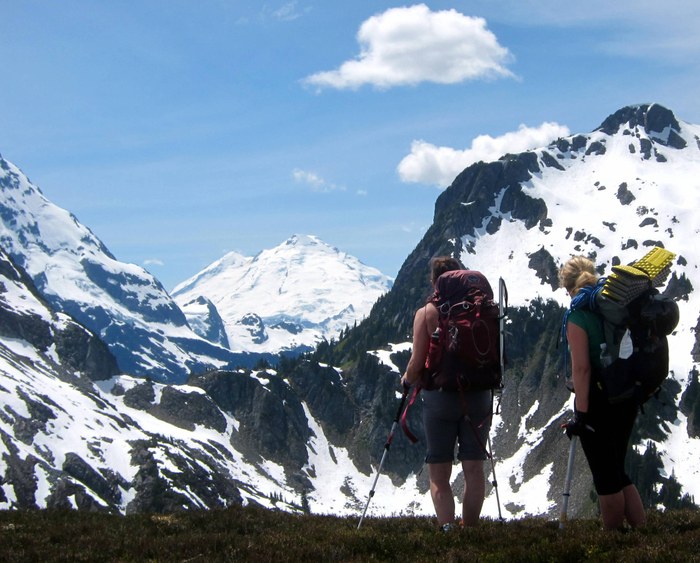
As the summer heat melts the snow in the mountains, more and more patches of exposed rock appear and can be very hazardous for multiple reasons. Read more…
Secret Rainier: A Comet, a Park, and a Point
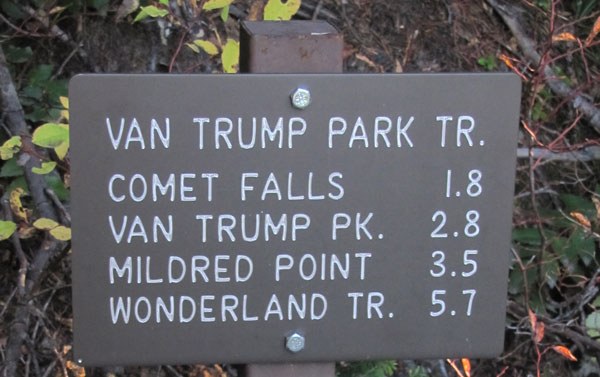
Many visitors to Rainier have visited Comet Falls - one of the more impressive falls in the park. If you haven’t been there, we highly recommend a visit. And continuing farther up the trail leads to two lesser-traveled spectacular places within the park. Read more…
After Rock Severs Finger, Scrambler Directs Her Own Care
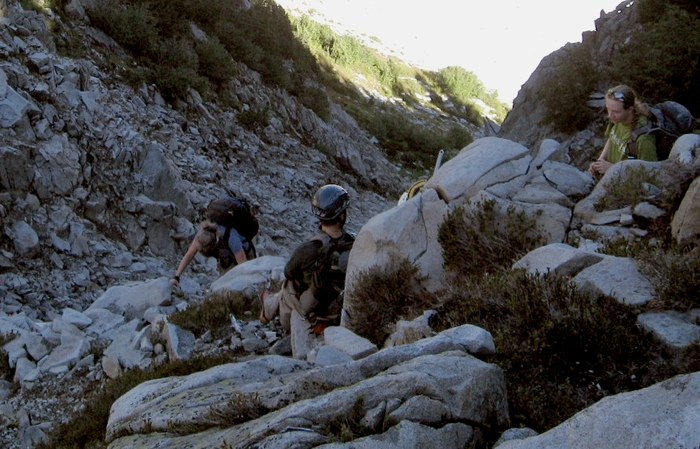
After a successful summit, while descending back into the Snow Lake Basin down a 20 degree boulder field, a scrambler knocked loose a rock. This rock was supporting several other rocks, triggering a slide above her. Other party members recall seeing somewhere between "several" and "many" "large" rocks sliding down from above where she had been. Somehow in this mayhem, one of the rocks hit the scrambler. Read more…
Special Presentation: "Before the Wind" with Jim Lynch - Sept 14
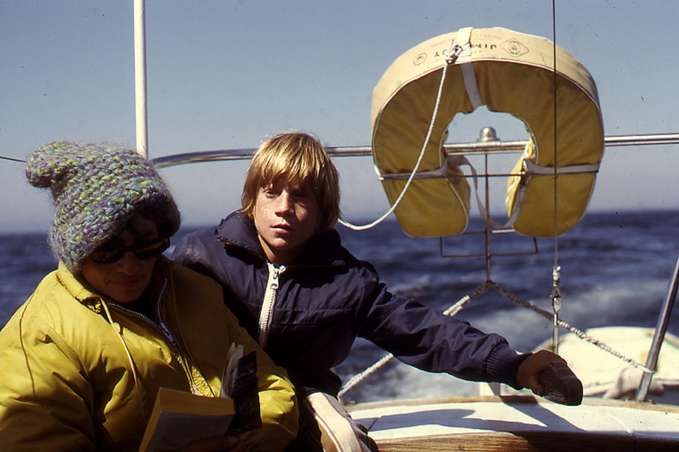
The Mountaineers Tacoma Branch presents an evening with Jim Lynch, author of the book Before the Wind. Join us to meet the author and learn more about his local inspiration. Read more…
Meet Our Parks | Your Adventure's Caitlin O'Brien
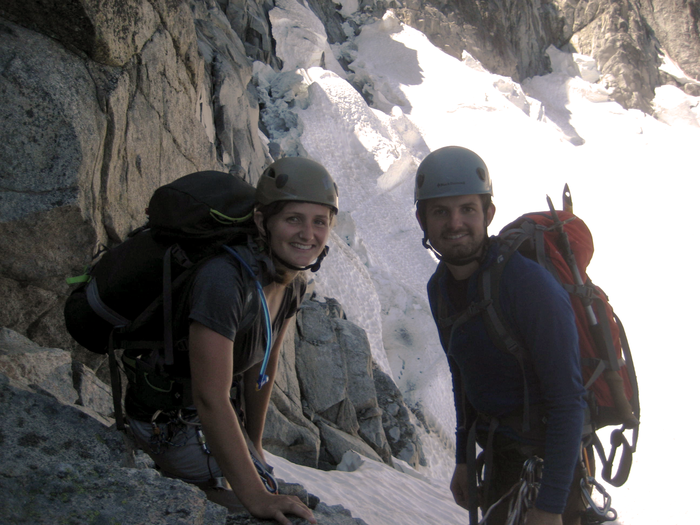
Meet Our Parks | Your Adventure's Caitlin O'Brien. Together with her brother Colin O'Brien, she will climb the Grand in Grand Teton National Park in under 24 hours, all in support of The Mountaineers Youth Programs. Read more…
Bad Movie Night - Aug 18, 2016
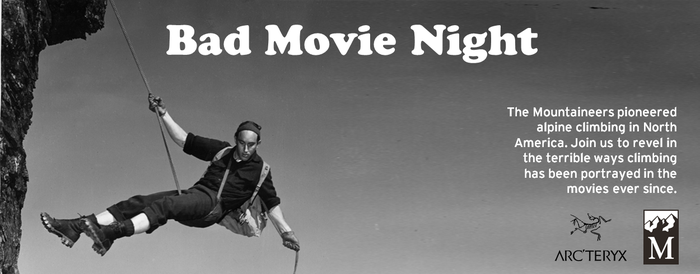
The Mountaineers pioneered alpine climbing in North America. Join us on August 18, 2016, to revel in the terrible ways climbing has been portrayed in the movies ever since. The "Arc'teryx Bad Movie Night" is the premier event you didn't know you wanted! Read more…
Photography Road Trip to SW Washington
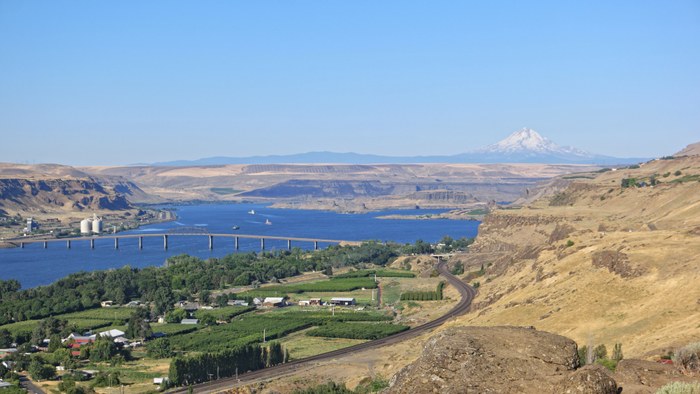
As I mentioned in a previous blog post, I lead photography trips that have minimal walking until I get my knees replaced (which should happen in the next year!). Read more…
Mt. Baker Fall Colors Photography Weekend - Sept 23-25
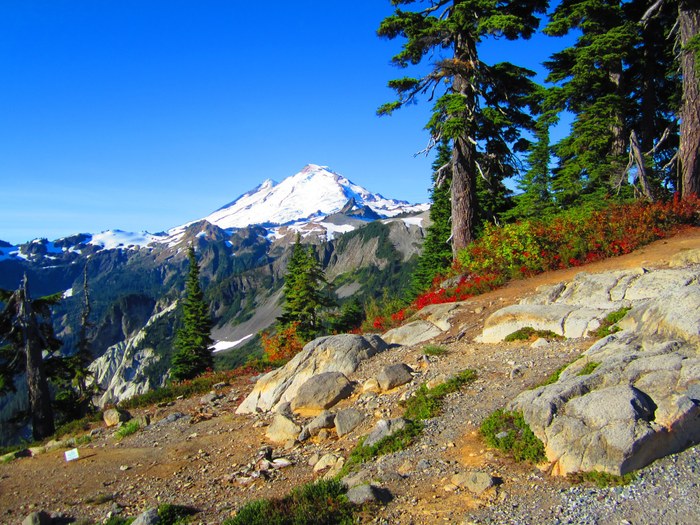
The Photography Committee invites you to their annual Mt. Baker fall colors weekend. Read more…
New Hike / Backpack Leader Seminar - Aug 4, 2016
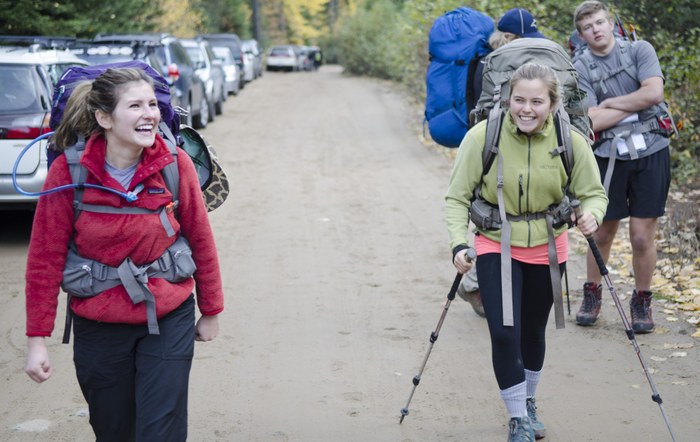
In two and a half hours you can learn what you need to know to get started as a hike or backpack leader with The Mountaineers. Then, start leading trips to share your love for wild places with our members eager to get outside. Join us August 4 to learn more. Read more…
Hiking Every Island (well almost all of them)
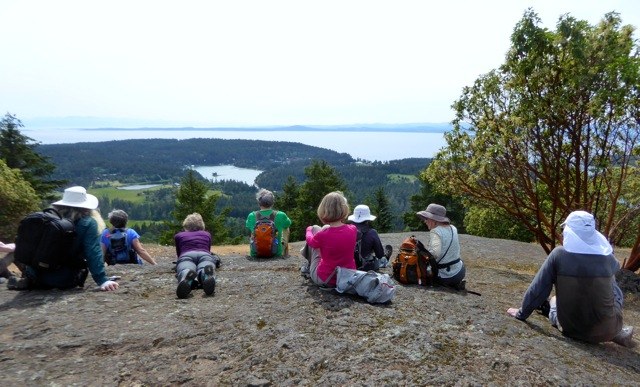
If you have been looking through our day hikes for the past few years, you've probably clicked on a hike that was part of the Island Hike Series. These trips varied in mileage and location, but were united by the common common theme of exploring new island trails (and having a ton of fun while doing so). Read more…
The Art of Bailing: North Twin Sister and her Seductive Cairns
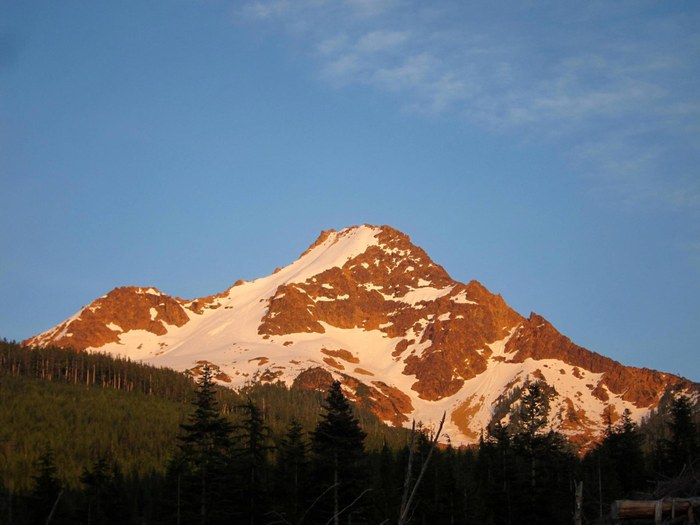
We were so close (we think) to the summit. Darkness was still a few hours away, and we had a fleeting glimpse of hope that we’d be able to find the route and regain the ridge to the top. Passing anxious scramblers - dodging scree and loose rocks they were kicking down on each other while down-climbing a sketchy section of rock - put a damper on our spirits. Read more…
Mountaineers Climbing Education - a community perspective
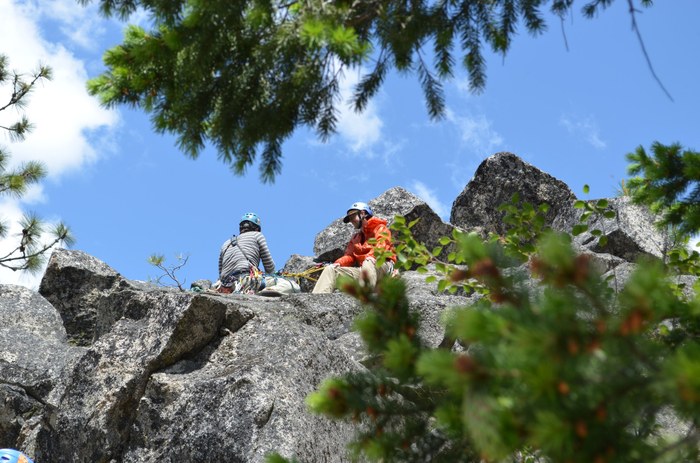
The Mountaineers is embarking on a project we're calling Progressive Climbing Education - an initiative to re-think our program design to better meet the needs of the climbing community and better achieve our mission. The first step is an intensive information-seeking process to find out what's working and what needs to change. We sent a survey to the broader climbing community and received more than 200 thoughtful responses. Read more…
How To: Prevent and Treat Heat Related Illness
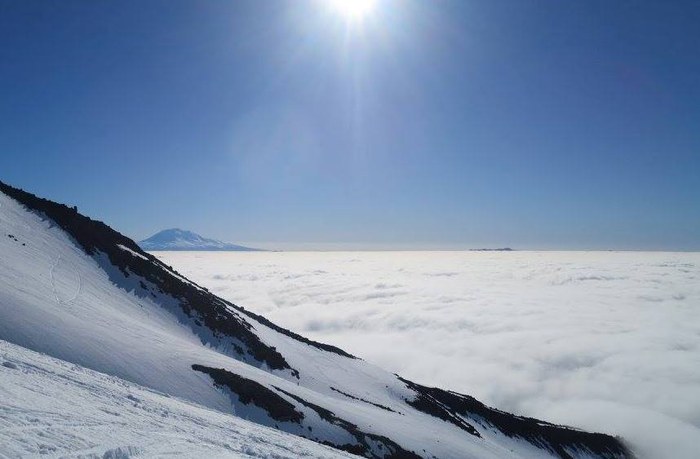
June was an interesting month in the mountains. We had “June-uary” conditions, giving us lots of new snow, rain, and wind. We also had scorchingly high temperatures with places like Leavenworth and Vantage reaching close to 100°F. As we progress through the summer, we need to be mindful of the dangers on these hot, sunny days - even if we are out on snow or a glacier. Read more…
Be An Outdoor Ambassador: How To Implement Low-Impact Recreation Skills
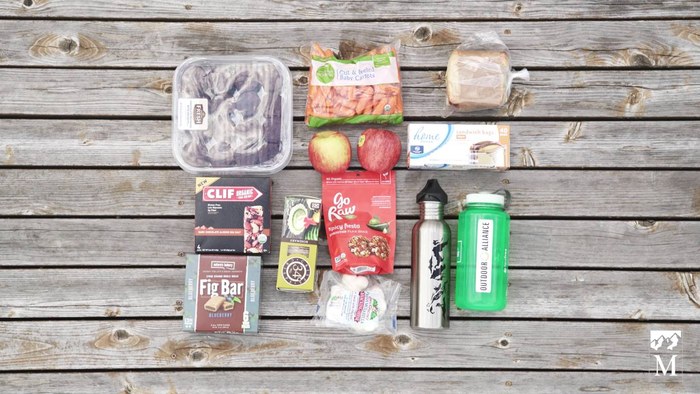
At The Mountaineers, we've believe venturing into the outdoors is an essential piece of the human experience. We go outside to wander and explore the adventurous spirit within ourselves. It's important to implement low-impact recreation skills to keep our wild places as sanctuaries for the human spirit; so our grandchildren can experience the sensation of discovering an untouched place. Read more…
Author and International Mountaineer Nick Clinch Passes Away

Mountaineers Books author and international mountaineer Nick Clinch passed away June 15, 2016 in Palo Alto, California at the age of 85. Read more…
On the West Ridge of Golden Mount Stuart
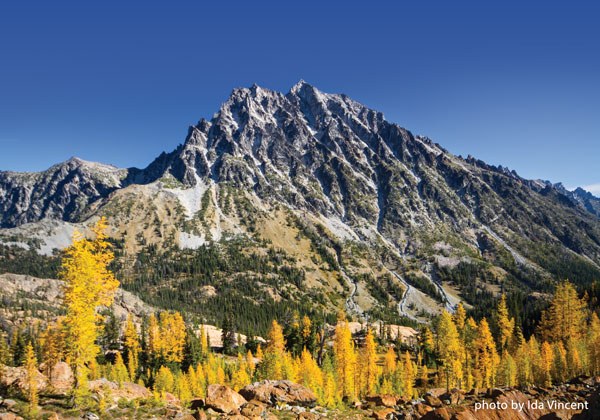
With headlamps switched on, we started up the Ingalls Creek trail. The first rays of dawn followed behind, ready to bask the forest in gold, while our lamps illuminated the trail in front — guiding us up and over the pass. Read more…
Our Parks | Your Adventure
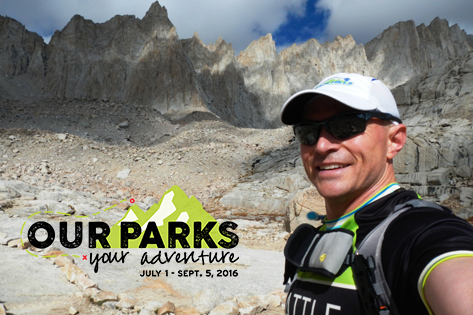
In celebration of the National Parks Centennial, we’re launching Our Parks | Your Adventure, a fundraising opportunity we hope will inspire you to choose a challenge in our National Parks. We hope to raise $40,000 between July 1 and September 5, 2016! Read more…
Our Climbing Curriculum: Tell us what you think!
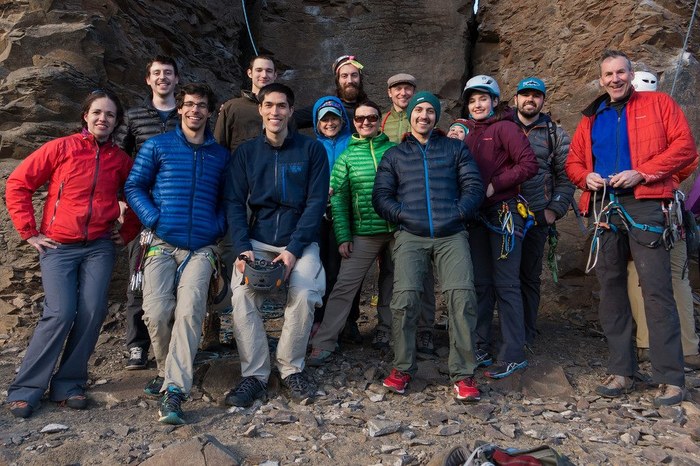
Did you miss the chance to attend our Progressive Climbing Education listening sessions? Please use this survey to give us your input! Read more…
Kitsap Basic Alpine Course - Expanding My Reach!
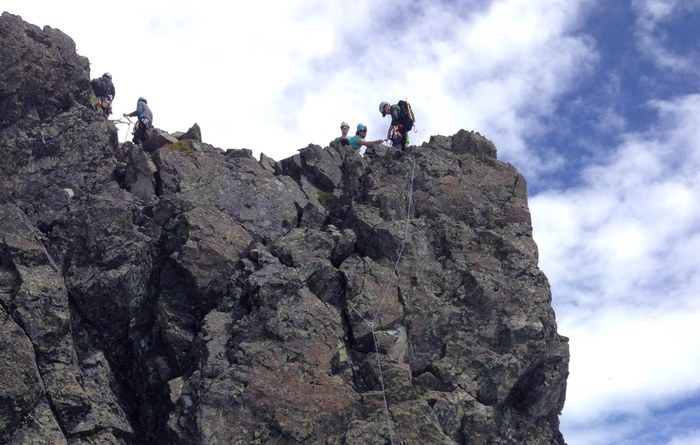
After 30 years of hiking and scrambling in the Northwest I was getting bored with the same outings. Having owned a copy of Freedom of the Hills for many years, I've ventured onto glaciers and self-trained following the safe principles laid out in this bible of mountaineering. My friends and I taught ourselves quite a bit about constructing z-pulley systems on Rainier and even making it up the mountain - at least as far as the DC. We achieved a lot, but seemed to fall a little short of our goals. With so many beautiful areas in our region I wanted to explore more of them. Read more…
How To: Poop in the Outdoors
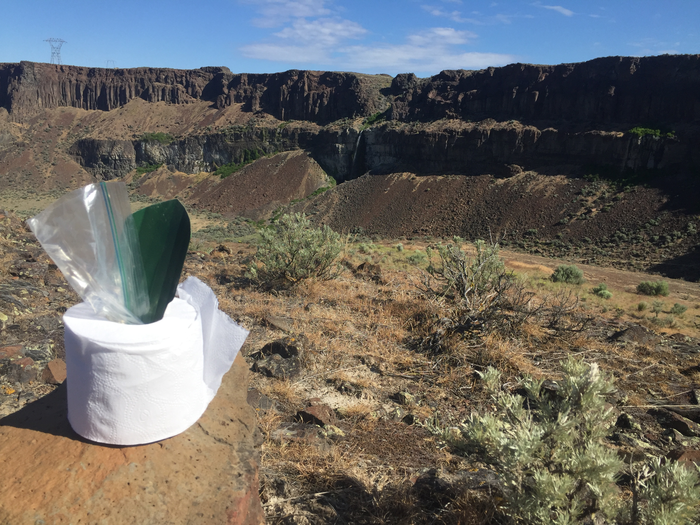
I am confident that you and I have at least two things in common: 1) we both set aside time to explore the outdoors, and 2) at some point during these adventures we will both experience the discomfort of knowing we have to go number two. Even if you don't, you will inevitably be reminded of this basic human function by the sight of toilet paper discarded uncomfortably close to trails and water sources. By the amount of TP I have seen recently on Washington’s trails, it seems even the most avid outdoor enthusiasts may not know how to handle nature’s calling. Read more…
The Mountaineers Pacific Crest Trail Challenge!
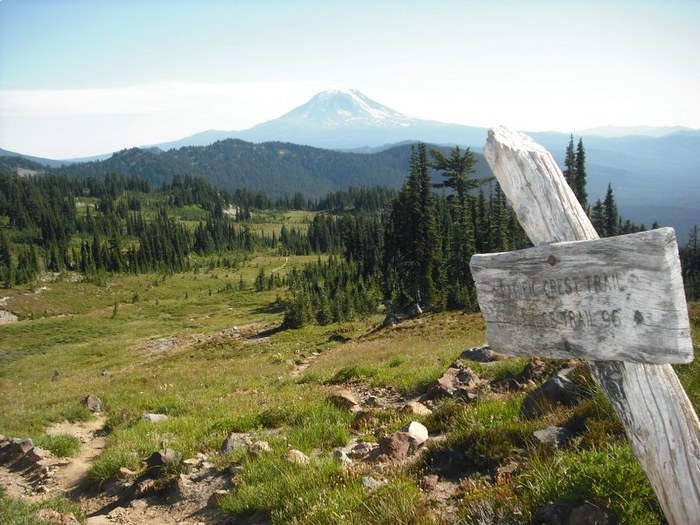
The Pacific Crest Trail (or PCT), a 2663.5-mile National Scenic Trail stretching from Mexico to Canada through California, Oregon, and Washington, epitomizes the ideal of physical challenge and one-of-a-kind natural resources bringing people together for a purpose larger than themselves - much like the mission of The Mountaineers. Read more…
Dirtbag: The Legend of Fred Beckey – Launch Party July 26
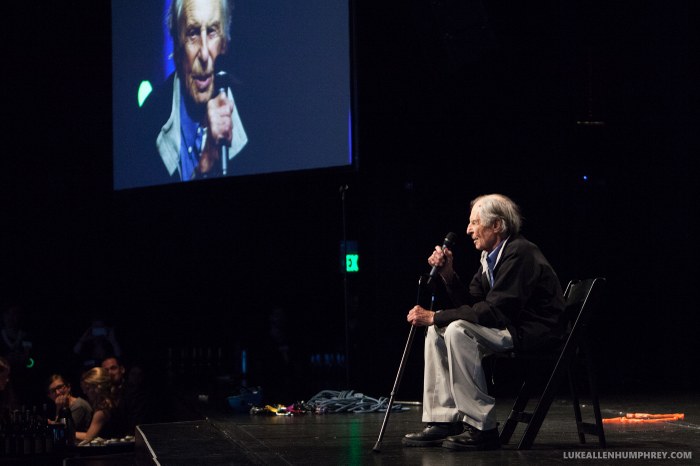
Fred Beckey got his start climbing with The Mountaineers in the 1940s, and went on to establish himself as the original dirtbag. We don't need to tell you he's a legend, and we're excited to invite you to a Kickstarter Launch Party for the brand new documentary, "Dirtbag: The Legend of Fred Beckey". Read more…
Enjoying Nature With Physical Limitations
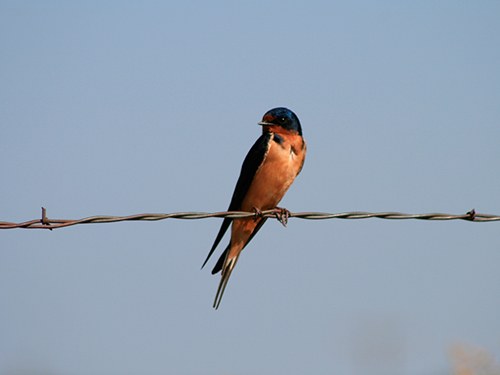
Getting outside and enjoying nature doesn't just mean going on hikes, backpacking, climbing, etc. As some of us age, it's not as easy to do those things, as much as we want to (and enjoyed them previously). For me, it can be something as simple as walking through a park while photographing what I see and identifying plants, birds (by sound), and animals. Read more…
The Basic Climbing Experience
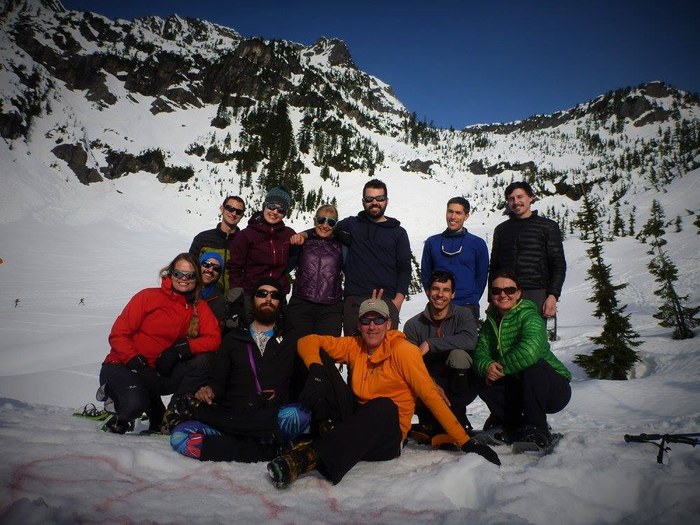
The Mountaineers offers the Basic Alpine Climbing Course in five of our seven branches. In this course, students learn the basic skills needed to climb peaks in the Cascade and Olympic ranges. In addition to learning skills, students become part of a climbing community and often connect with lifelong climbing partners. As we near the end of May, our courses are wrapping up their skills sessions, and the climbing season is beginning! Check out the experience that Seattle student, Cody Golden, wanted to share: Read more…
How should we teach climbing? Tell us!
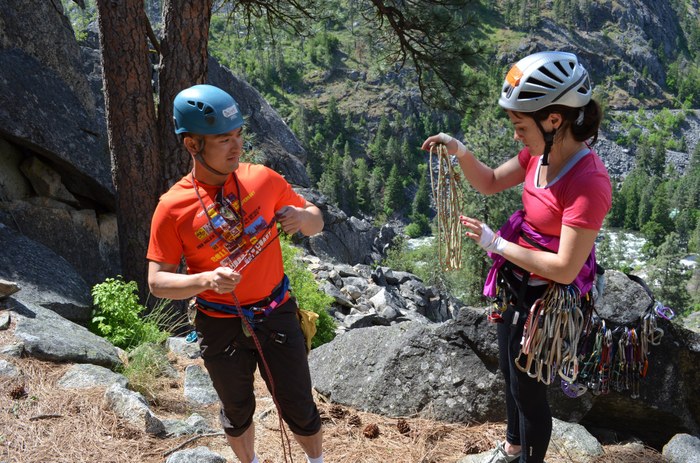
We’ve been teaching people how to climb outside for 110 years, but that doesn’t mean we have all the answers. As we look back on the challenges we’ve faced and look forward to the opportunities to teach skills in new and different ways, we’re excited about the potential to take some of our outdoor education programs in a new direction. Read more…
Play Safe: Recreating in Bear Country with David Moskowitz - June 29
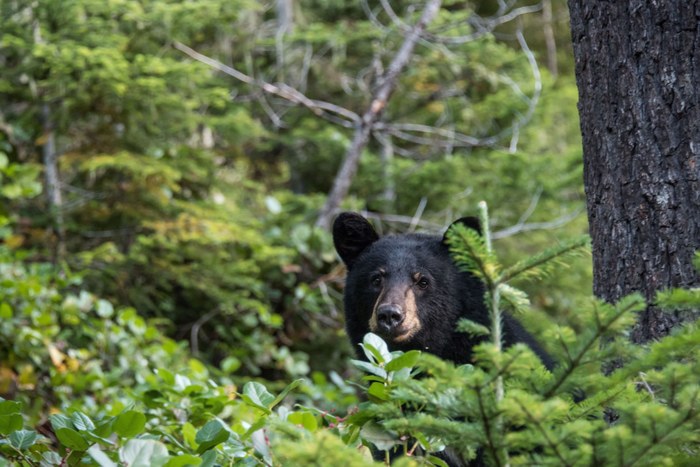
Washington’s North Cascades are home to thousands of black bears and fewer than twenty grizzly bears. Knowing how to play safe in bear country is as important as bringing a first aid kit and appropriate clothing for your adventure. Read more…
Celebrate the New 100 Classic Hikes - June 14

With the release of our new edition of 100 Classic Hikes: Washington, we are carrying an important stewardship legacy forward. It’s time to celebrate! Read more…
Sunglasses: An Easily Overlooked Essential
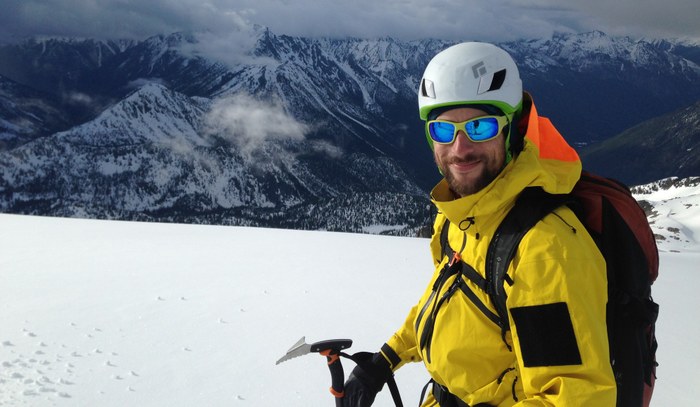
With the awesome weather and sunny days we've had lately, it’s hard to think anyone would go outside without a pair of sunglasses handy. But on cloudier days or early morning alpine-starts, it's easy to forget shades in your car or tent. Sunglasses aren’t usually at the forefront of your mind at 2am when the wind's howling and you're trying to buckle your crampons. However, forgetting this vital bit of gear can be as bad as forgetting your ice axe on a glacier or your cams on a rock wall. Read more…
Turns All Year: A Personal Look at Backcountry Skiing
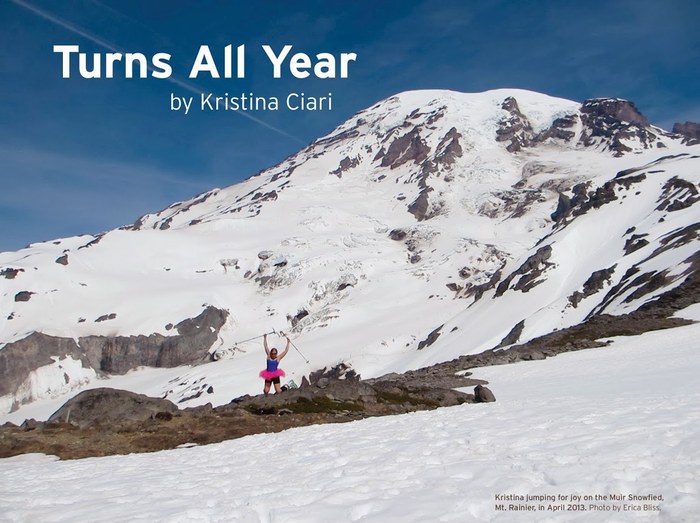
I consider myself one of the ‘lucky ones’. I learned to ski shortly after learning to walk, and remember a childhood of white Montana winters racing after my parents down the ski slopes. Winters get cold in Big Sky Country, but fueled on a steady stream of hot cocoa and M&Ms, my dad managed to teach not only me, but my younger twin-sisters, to be pretty darn good skiers. Read more…
Observable Differences: Glacier Recession in the North Cascades
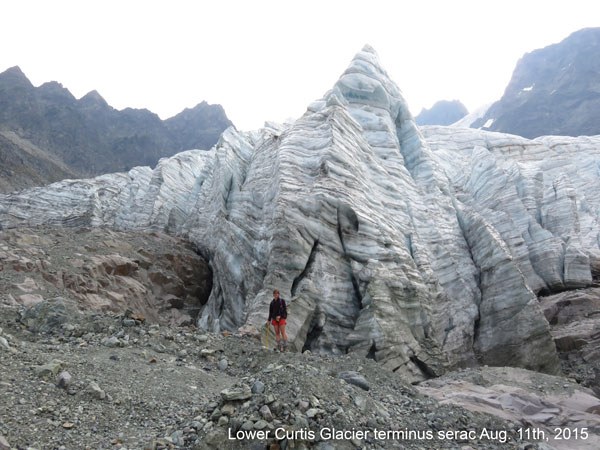
The project measures a variety of glaciers across the North Cascades — from the south end of the range on Mount Daniel to the north end on Mount Shuksan; and from the West side on Kulshan (Mount Baker) to the dry East side on the Ice Worm Glacier (aka Hyas Creek Glacier). The glaciers are a critical resource in the region, providing water for farm and crop irrigation, hydropower, salmon and other wildlife, along with municipal supply. Read more…